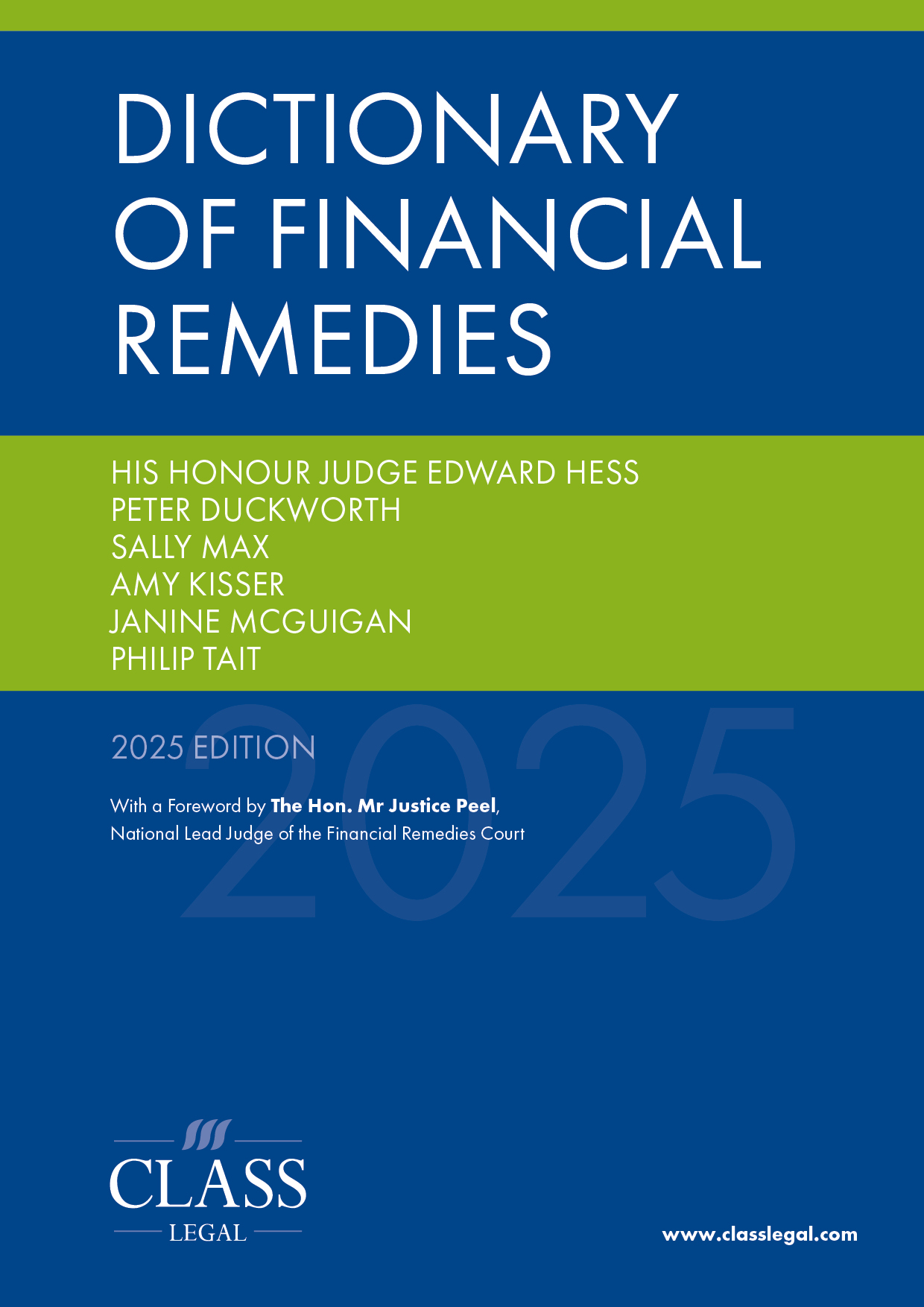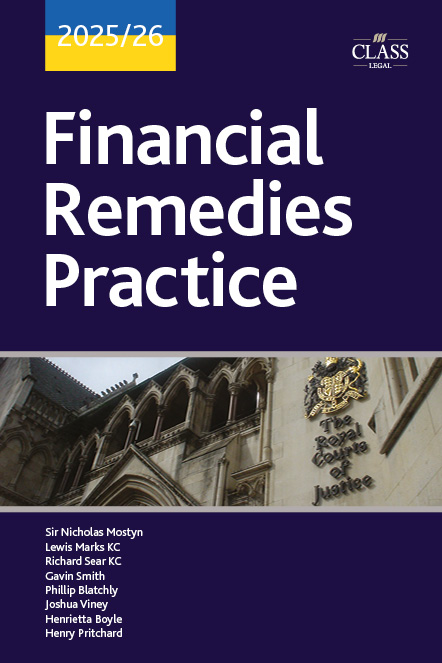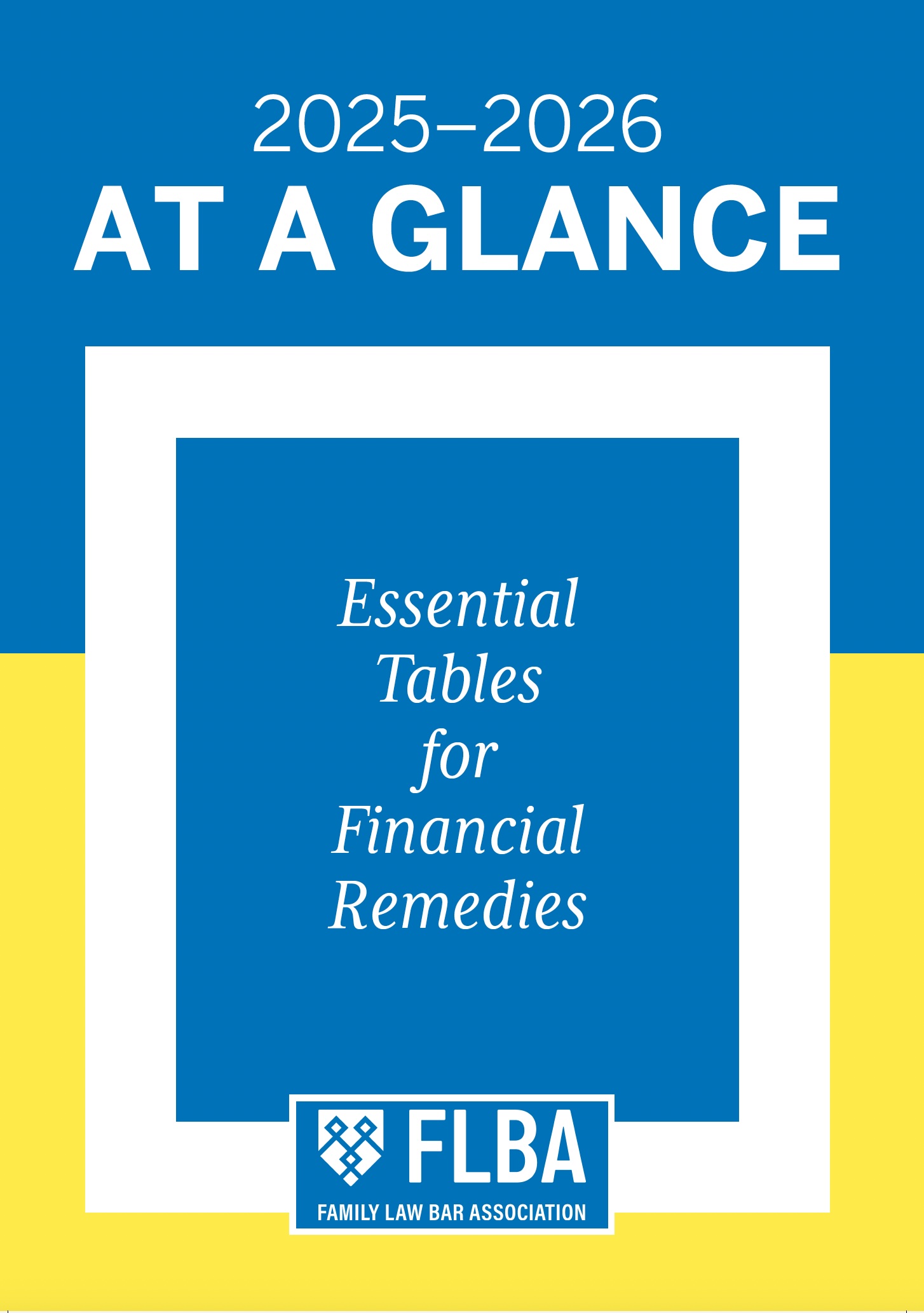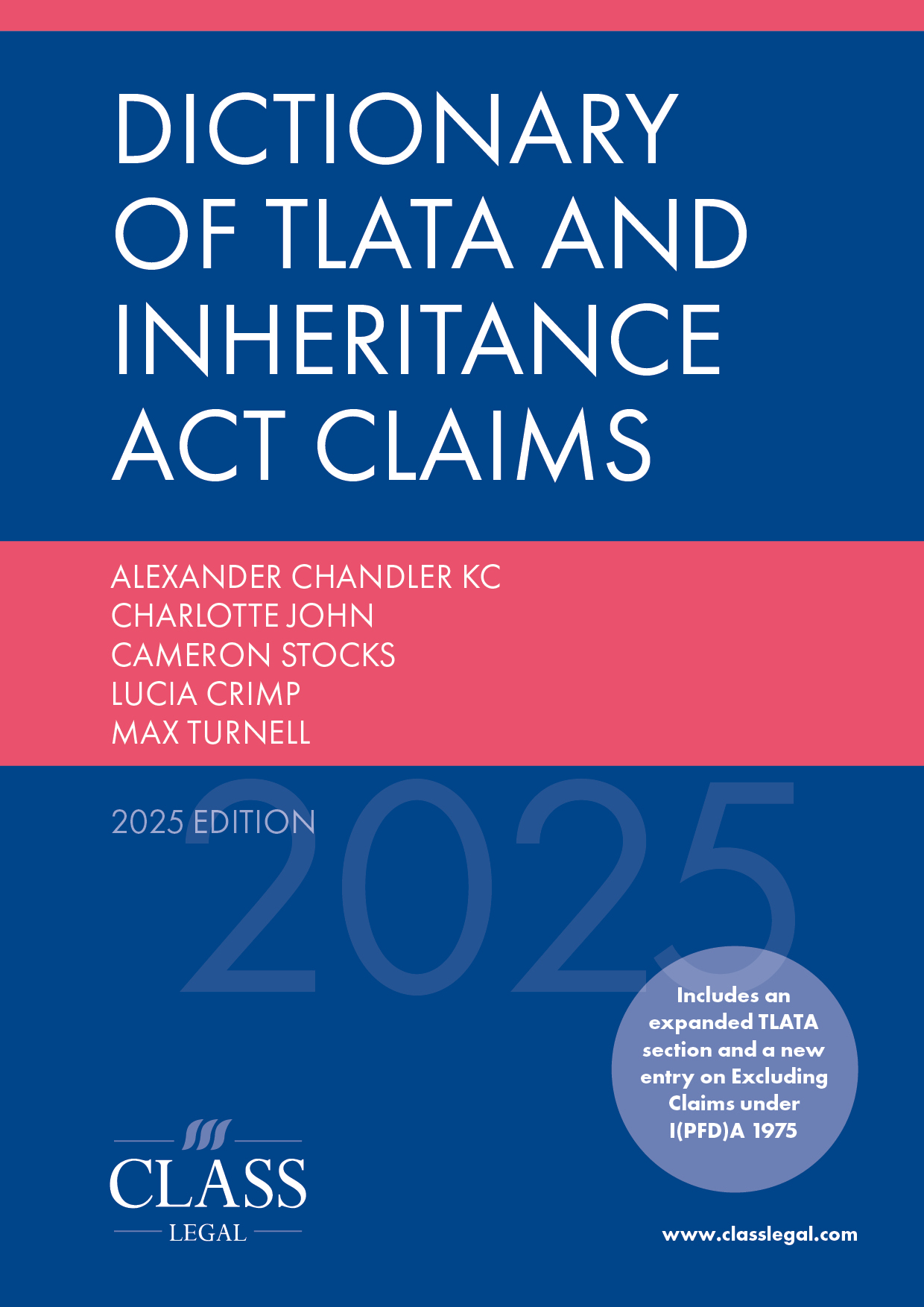
Adodo v Tan [2025] EWFC 184 (B)27 June 2025
Published: 08/07/2025 20:45
https://caselaw.nationalarchives.gov.uk/ewfc/b/2025/184
HHJ Rodgers. Re-hearing following an appeal to the Court of Appeal against a final order made by District Judge Severn on 10 October 2022. On appeal, it was held there had been a misunderstanding of crucial funds available overseas, leading to a fundamentally flawed final decision.
Background
Marriage of 13 years. H aged 57, originally from Nigeria and employed as an associate professor. W aged 59, from Singapore and unemployed. One child of the marriage, S, aged 15. Upon turning 18, S must undertake compulsory national service in Singapore.
Prior to relocation to the UK in 2013, the parties lived in Singapore in a flat purchased by W prior to the marriage, utilising money from her savings and Central Provident Fund (CPF) resources. Upon moving to the UK, the family lived in Guildford, later moving to Leicester where they purchased the FMH (of which 40% of the purchase price was funded from borrowings against the Singapore flat, but this was matched by H’s later contribution to the family finances when W was unemployed). Unusually and despite separation in 2019, the parties remained living together in the FMH. The Singapore flat continues to be tenanted and is broadly self-financing.
The main assets
- FMH (Leicester) – £330,000 (£238,000 net equity)
- Singapore Flat – £792,000 (£620,000 net)
- CPF – £468,000
- Malaysia Property – (agreed non-matrimonial, W)
- Nigerian Property (agreed non-matrimonial, H)
The CPF
It was the misunderstanding of this fund which led to the previous appeals, including the CA decision reported at [2024] EWCA Civ 1288 and considered by HHJ Hess in XY v XX [2024] EWFC 387 (B).
In summary, the CPF is a Singapore Fund which represents a key pillar of the country’s social security system and operates in three parts: the Retirement Account, the Medisave Account and the Ordinary Account. The latter is the most flexible of the three.
W deducted the CPF funds from the equity of the Singapore property, therefore ascribing to it a net equity of £255,000. The CPF funds were then reallocated to her pension. Conversely, apart from the Retirement Account, H included the remainder of the fund in the net equity of the property, providing a figure closer to that set out above. No matter which way the CPF was treated, the judge concluded the final arithmetic remained unchanged.
The law
Section 25 factors applied.
The decision preceded the Supreme Court’s decision in Standish v Standish [2025] UKSC 26; therefore the Court of Appeal’s ruling was applied ([2024] EWCA Civ 567). The provenance, timing and funding of the Singapore flat was analysed, along with any contributions which were made to it by both parties. Ultimately, the judge turned to the source of the asset to determine whether it was matrimonial or not, thereafter assessing whether and to what extent the asset had been matrimonialised.
Decision
A ‘bottom line’ figure of the total assets was held to be £1,150,000 (£661,000 being matrimonial). Overall distribution was 52/48 in W’s favour.
In coming to his decision, the judge concluded that H’s earning capacity was capped on the basis he was likely to continue in his current role until retirement. In terms of W, it was held both in relation to employment and her care of S that she lacked flexibility.
Save for the Singapore, Malaysian and Nigerian properties, all assets were treated to be wholly matrimonial.
The Singapore flat was not wholly immune from the sharing exercise as it had been the matrimonial home for a number of years. W’s pre-marital unmatched contribution was accounted for by ascribing an overall discount of 60%, leaving 40% susceptible to sharing on a broadly equal basis.
Despite the disparity between H and W’s income and earning capacities, the judge was not persuaded that H’s basic entitlement on a sharing basis should be substantially eroded to meet W’s narrowly drawn needs. Though it was not envisioned W would sell the Singapore flat, realising its equity to meet her need (in addition to the CPF element of the same and ability to draw on that account), it could not be ignored there was potential untouched equity of some £255,000 available to W. As such, the judge determined needs could be met fairly from applying the sharing principle.
Based on the unusual circumstances whereby the parties remained living in the FMH, as W and S were intending to relocate to Singapore within the next two or three years, the proposal by H that W rents was deemed not to be so unrealistic. Accordingly, H retained the FMH.
Overall, the substantial departure from equality in respect of the total assets reflected the nature and provenance of the non-matrimonial elements of the case. The overall split of matrimonial assets was 48% to H but only 27% of the total.
Costs
H pursued his outstanding application for costs covering the entirety of the proceedings before both the district and circuit judge on appeal. The global figure sought was £30,000 on an indemnity basis.
The court considered this application to be without merit. It was held that the misunderstanding of the CPF funds was on all sides, and H’s further contention that W acted dishonestly, recklessly and misled the court was found to be unjustified. As such and owing to the potential merits, procedural complications and principle of proportionality, no order for costs was made.
W did remain liable for £5,000 costs already owed to H as ordered by the Court of Appeal, which was a sum deliberately excluded from the judge’s overall discretionary exercise when determining the case as a whole.








